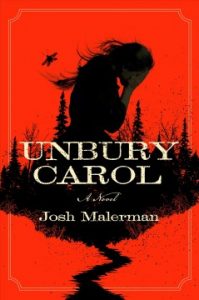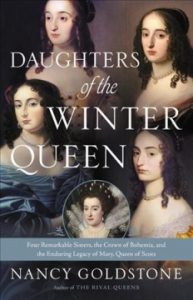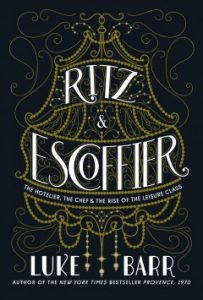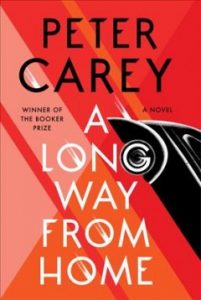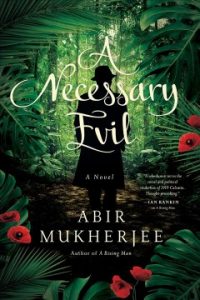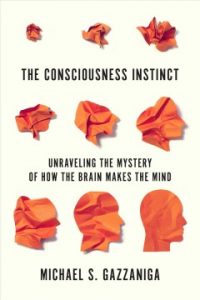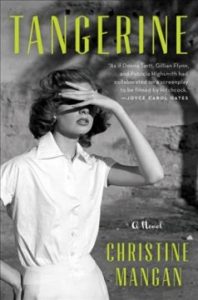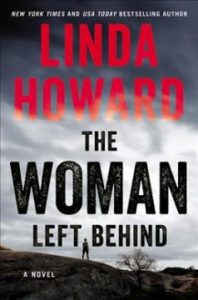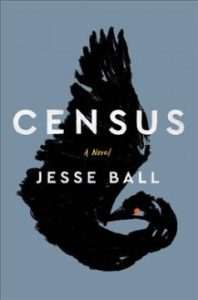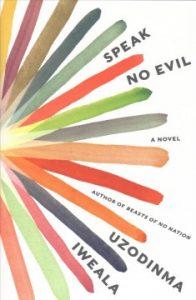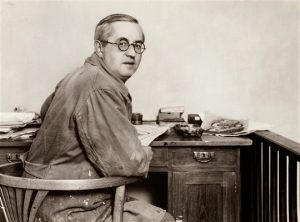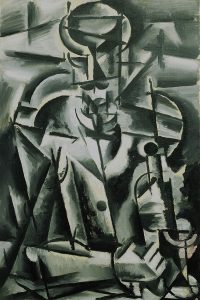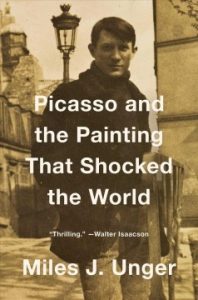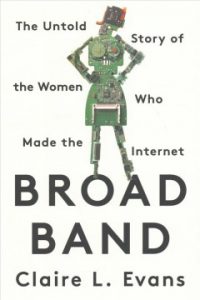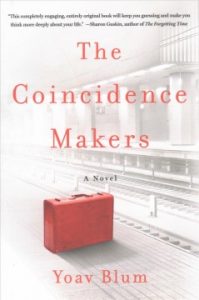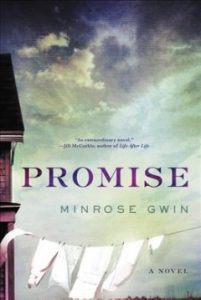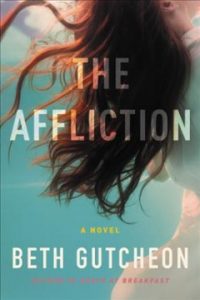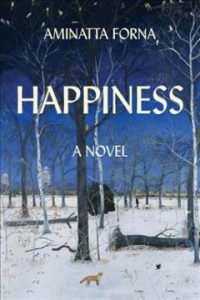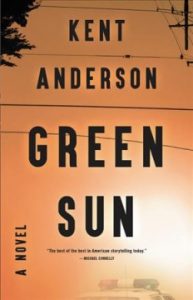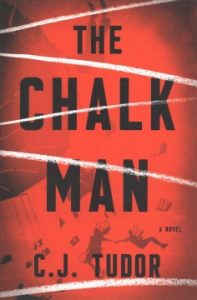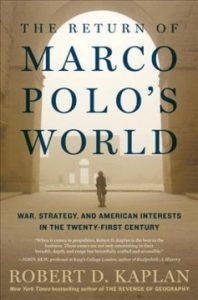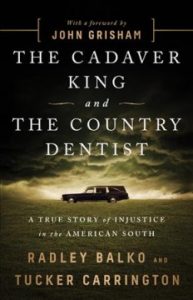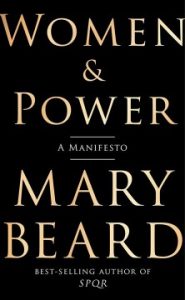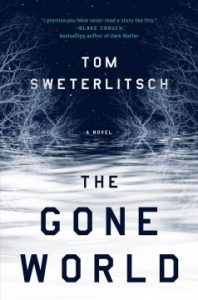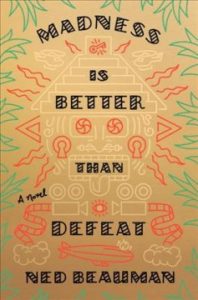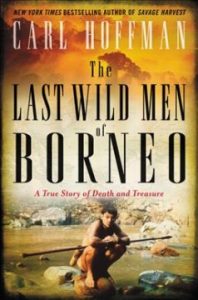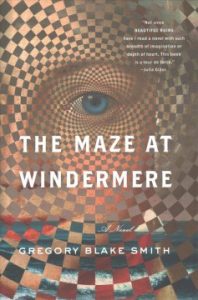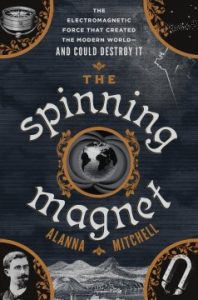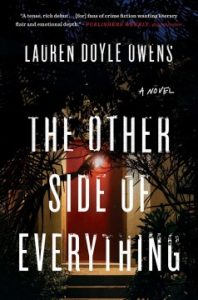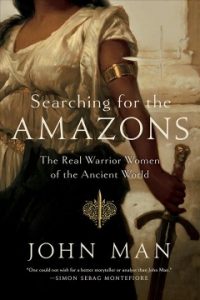And a very happy Free For All Birthday to Armenian poet Daniel Varoujan.
Varoujan was born Daniel Tchboukkiarian in what is now Sivas, Turkey, on April 20, 1884. He was educated in Turkey, and later in Venice. In 1905, he enrolled at the University of Ghent, in Belgium, where he studied literature, sociology and economics. He returned home in 1909 and worked as a teacher, and married Araksi Varoujan in 1912.
In 1914, Varoujan and several friends established the Mehean, a literary magazine and social group dedicated to Armenian literature and language. At the time, Armenia was not a country, but a group of people bound together by a common culture, language, and religion, most of whom lived together within the bounds of the Ottoman Empire. There was also a sizable population of Armenians in the Russian Empire (see the map below this paragraph for a visual). As a group, Armenians became a target of political and personal violence when the Young Turks came to power in 1907. The Ottoman Empire (to put it very simply) had been a site of religious and cultural tolerance for most of its history, however, the Young Turks imagined an empire led by those who identified as Turkish, who spoke Turkish, and who practiced the Muslim religion. As outsiders in this vision, Armenians found themselves in danger of persecution.
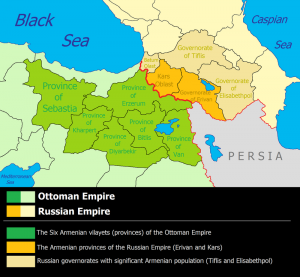
With the outbreak of the First World War, and especially with the Ottoman entrance into the war in 1915, Armenians came under even more intense persecution. As Christians who lived in both the Ottoman Empire and the Russian Empire (two empires on different sides of the conflict), Armenians were demonized as enemies of the Ottoman state. On April 24, 1915, the Ottoman government authorized the arrest of Armenian intellectuals, religious and community leaders. This event is recognized as the beginning of the Armenian Genocide. Varoujan was among those arrested and later deported. While on route, eyewitness testimony states that Varoujan and four other Armenian men were robbed, stripped, and tortured by Turkish police officers until they died. Though his work was confiscated during the genocide, his unfinished work, The Song of the Bread ( in Armenian: Հացին երգը) was rescued by allegedly bribing Turkish officials. Today, we bring you one of Varoujan’s poems as a tribute to the man, and in commemoration of the Armenian Genocide, which is commemorated this coming week:
ANDASTAN *
At the Eastern part of the earth
Let there be peace…
Let sweat, not blood, flow
In the broad vein of the furrow,
And at the toll of each hamlet’s bell
Let there rise hymns of exaltation.At the Western part of the earth
Let there be fecundity …
Let each star sparkle with dew,
And each husk be cast in gold
And as the sheep graze on the hills
Let bud and blossom bloom.At the Northern part of the earth
Let there be abundance …
In the golden sea of the wheat field
Let the scythe swim incessantly
And as gates of granaries open wide
Jubilation let there be.At the Southern part of the earth
Let all things bear fruit…
Let the honey thrive in the beehive
And may the wine run over the cups
And when brides bake the blessed bread
Let the sound of song rise and spread.Daniel Varoujan 1914
Translated by Tatul Sonentz (via armenian-poetry.blogspot.com)
*Name of the ritual of the Ceremonial Blessing of the 4 corners of the earth — a Sacrement of the Armenian Apostolic Church
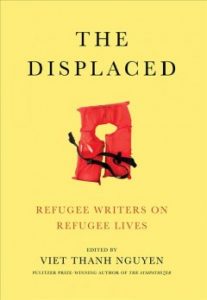 The Displaced: Refugee Writers on Refugee Lives: Pulitzer Prize–winning author Viet Thanh Nguyen called on 17 fellow refugee writers from across the globe to shed light on their experiences. This book brings together stories of writers from Mexico, Bosnia, Iran, Afghanistan, Soviet Ukraine, Hungary, Chile, Ethiopia, to name just a few. Together, they are a formidable intellectual force: MacArthur Genius grant recipients, National Book Award and National Book Critics Circle Award finalists, filmmakers, speakers, lawyers, professors, and New Yorker contributors—and they are all refugees, many as children arriving in London and Toronto, Oklahoma and Minnesota, South Africa and Germany. These essays reveal moments of uncertainty, resilience in the face of trauma, and a reimagining of identity, forming a compelling look at what it means to be forced to leave home and find a place of refuge. The Economist wrote a glowing review of this book, noting, in part, that “…[Viet Thanh Nguyen] gives ordinary Westerners a heart-wrenching insight into the uprooted lives led in their midst…the collection succeeds in demonstrating that this dispersed community in some ways resembles other nations. It has its founding myths, but its citizens all have their own tragedies, victories and pain—and each has a story to tell.”
The Displaced: Refugee Writers on Refugee Lives: Pulitzer Prize–winning author Viet Thanh Nguyen called on 17 fellow refugee writers from across the globe to shed light on their experiences. This book brings together stories of writers from Mexico, Bosnia, Iran, Afghanistan, Soviet Ukraine, Hungary, Chile, Ethiopia, to name just a few. Together, they are a formidable intellectual force: MacArthur Genius grant recipients, National Book Award and National Book Critics Circle Award finalists, filmmakers, speakers, lawyers, professors, and New Yorker contributors—and they are all refugees, many as children arriving in London and Toronto, Oklahoma and Minnesota, South Africa and Germany. These essays reveal moments of uncertainty, resilience in the face of trauma, and a reimagining of identity, forming a compelling look at what it means to be forced to leave home and find a place of refuge. The Economist wrote a glowing review of this book, noting, in part, that “…[Viet Thanh Nguyen] gives ordinary Westerners a heart-wrenching insight into the uprooted lives led in their midst…the collection succeeds in demonstrating that this dispersed community in some ways resembles other nations. It has its founding myths, but its citizens all have their own tragedies, victories and pain—and each has a story to tell.”
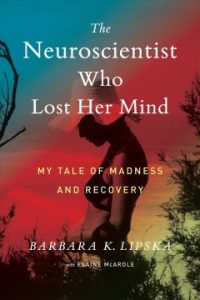 The Neuroscientist Who Lost Her Mind: My Tale of Madness and Recovery: In January 2015, Barbara Lipska—a leading expert on the neuroscience of mental illness—was diagnosed with melanoma that had spread to her brain. Within months, her frontal lobe, the seat of cognition, began shutting down, and she began exhibiting dementia- and schizophrenia-like symptoms that terrified her family and coworkers. But just as her doctors figured out what was happening, the immunotherapy they had prescribed began to work, and repair the damage that had been done to Lipska’s brain and mind. Just eight weeks after her nightmare began, Lipska returned to her version of normal–with one difference: she remembered her brush with madness clearly and nearly completely. In this book, Lipska describes her extraordinary ordeal, explaining how mental illness, brain injury, and age can change our behavior, personality, cognition, and memory. She also shares what it is like to experience these changes firsthand, while contemplating what parts of us remain, even when so much else is gone. This is a remarkable book that looks at illness from the view of both a physician and a patient, told by a scientist and writer of impressive talent. Science Magazine hailed this book, writing that “Lipska’s evolution as scientist, patient, and person explores the physiological basis of mental illness, while uplifting the importance of personal identity…. Lipska’s prose soars when narrating her experiences… her story is evidence that rich personal narratives offer value to an empirical pursuit of neuroscientific investigation.”
The Neuroscientist Who Lost Her Mind: My Tale of Madness and Recovery: In January 2015, Barbara Lipska—a leading expert on the neuroscience of mental illness—was diagnosed with melanoma that had spread to her brain. Within months, her frontal lobe, the seat of cognition, began shutting down, and she began exhibiting dementia- and schizophrenia-like symptoms that terrified her family and coworkers. But just as her doctors figured out what was happening, the immunotherapy they had prescribed began to work, and repair the damage that had been done to Lipska’s brain and mind. Just eight weeks after her nightmare began, Lipska returned to her version of normal–with one difference: she remembered her brush with madness clearly and nearly completely. In this book, Lipska describes her extraordinary ordeal, explaining how mental illness, brain injury, and age can change our behavior, personality, cognition, and memory. She also shares what it is like to experience these changes firsthand, while contemplating what parts of us remain, even when so much else is gone. This is a remarkable book that looks at illness from the view of both a physician and a patient, told by a scientist and writer of impressive talent. Science Magazine hailed this book, writing that “Lipska’s evolution as scientist, patient, and person explores the physiological basis of mental illness, while uplifting the importance of personal identity…. Lipska’s prose soars when narrating her experiences… her story is evidence that rich personal narratives offer value to an empirical pursuit of neuroscientific investigation.”
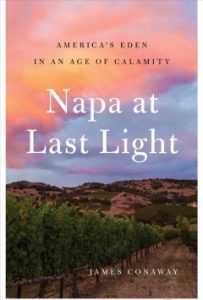 Napa at Last Light: America’s Eden in an Age of Calamity: James Conaway has spent decades covering the Napa region, and in this eye-opening work, he compares the origins of this utopia of wine, started by family vintners and dedicated farmers, and the present-day reality, marked by multinational corporations and their allies who have stealthily subsumed the old family landmarks and abandoned the once glorious conviction that agriculture is the highest and best use of the land. Inherent in that conviction is the sanctity of the place, threatened now by a relentless drive for profits at the expense of land, water, and even life. A story about power, money, land, and, most of all, wine, Conaway’s book is an engaging, honest, sometimes unsettling account of an industry and a place undergoing fundamental change–and the people who are caught in the middle. Publisher’s Weekly gave it a starred review, declaring, “This is a stunning and sad look at how an idyllic community became a victim of its own success…fascinating and well-researched.”
Napa at Last Light: America’s Eden in an Age of Calamity: James Conaway has spent decades covering the Napa region, and in this eye-opening work, he compares the origins of this utopia of wine, started by family vintners and dedicated farmers, and the present-day reality, marked by multinational corporations and their allies who have stealthily subsumed the old family landmarks and abandoned the once glorious conviction that agriculture is the highest and best use of the land. Inherent in that conviction is the sanctity of the place, threatened now by a relentless drive for profits at the expense of land, water, and even life. A story about power, money, land, and, most of all, wine, Conaway’s book is an engaging, honest, sometimes unsettling account of an industry and a place undergoing fundamental change–and the people who are caught in the middle. Publisher’s Weekly gave it a starred review, declaring, “This is a stunning and sad look at how an idyllic community became a victim of its own success…fascinating and well-researched.”
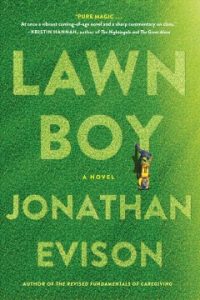 Lawn Boy: Jonathan Evison manages to balance a moving, small-scale coming-of-age story with a large-scale discussion of class and success that is successful in everything it does. For Mike Muñoz, a young Chicano living in Washington State, life has been a whole lot of waiting for something to happen. Not too many years out of high school and still doing menial work—and just fired from his latest gig as a lawn boy on a landscaping crew—he knows that he’s got to be the one to shake things up if he’s ever going to change his life. But how? Though he tries time and again to get his foot on the first rung of that ladder to success, he can’t seem to get a break. But then things start to change for Mike, and after a raucous, jarring, and challenging trip, he finds he can finally see the future and his place in it. And it’s looking really good. This is a book that has been added to a number of “Best Of” lists for its frank look at the persistence and pernicious nature of the ‘American Dream’, and also earned a starred review from Publisher’s Weekly, who cheered, “Evison convincingly evokes the small disasters and humiliations that beset America’s working poor. Mike’s gradual growth into self-awareness is punctuated by moments of human kindness and grace that transpire in and among broken-down trucks, trailer parks, and strip malls. Focusing on the workers who will only ever be welcome in gated communities as hired help, Evison’s quiet novel beautifully considers the deterioration of the American Dream.”
Lawn Boy: Jonathan Evison manages to balance a moving, small-scale coming-of-age story with a large-scale discussion of class and success that is successful in everything it does. For Mike Muñoz, a young Chicano living in Washington State, life has been a whole lot of waiting for something to happen. Not too many years out of high school and still doing menial work—and just fired from his latest gig as a lawn boy on a landscaping crew—he knows that he’s got to be the one to shake things up if he’s ever going to change his life. But how? Though he tries time and again to get his foot on the first rung of that ladder to success, he can’t seem to get a break. But then things start to change for Mike, and after a raucous, jarring, and challenging trip, he finds he can finally see the future and his place in it. And it’s looking really good. This is a book that has been added to a number of “Best Of” lists for its frank look at the persistence and pernicious nature of the ‘American Dream’, and also earned a starred review from Publisher’s Weekly, who cheered, “Evison convincingly evokes the small disasters and humiliations that beset America’s working poor. Mike’s gradual growth into self-awareness is punctuated by moments of human kindness and grace that transpire in and among broken-down trucks, trailer parks, and strip malls. Focusing on the workers who will only ever be welcome in gated communities as hired help, Evison’s quiet novel beautifully considers the deterioration of the American Dream.”
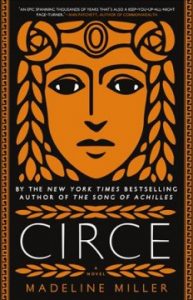 Circe: We readers have been spoiled by a resurgence and re-imaging of ancient classics of late, and Madeline Miller continues this trend in fine fashion with the tale of Circe, a supporting character in The Odyssey, but the heroine of this fascinating and insightful tale. The daughter of the all-powerful Titans, Circe is an outsider–not powerful, like her father, nor viciously alluring like her mother. Turning to the world of mortals for companionship, she discovers that she does possess power–the power of witchcraft. Threatened, Zeus banishes her to a deserted island, where she hones her occult craft, tames wild beasts and crosses paths with many of the most famous figures in all of mythology. But there is danger, too, for a woman who stands alone, and Circe unwittingly draws the wrath of both men and gods, ultimately finding herself pitted against one of the most terrifying and vengeful of the Olympians. To protect what she loves most, Circe must summon all her strength and choose, once and for all, whether she belongs with the gods she is born from, or the mortals she has come to love. Fans of Greek mythology, epic adventures, and deeply emotional tales will delight in this tale that has been receiving glowing reviews from around the country. One such review came from The Washington Post, which reads in part, “”One of the most amazing qualities of this novel [is]: We know how everything here turns out – we’ve known it for thousands of years – and yet in Miller’s lush reimagining, the story feels harrowing and unexpected. The feminist light she shines on these events never distorts their original shape; it only illuminates details we hadn’t noticed before.”
Circe: We readers have been spoiled by a resurgence and re-imaging of ancient classics of late, and Madeline Miller continues this trend in fine fashion with the tale of Circe, a supporting character in The Odyssey, but the heroine of this fascinating and insightful tale. The daughter of the all-powerful Titans, Circe is an outsider–not powerful, like her father, nor viciously alluring like her mother. Turning to the world of mortals for companionship, she discovers that she does possess power–the power of witchcraft. Threatened, Zeus banishes her to a deserted island, where she hones her occult craft, tames wild beasts and crosses paths with many of the most famous figures in all of mythology. But there is danger, too, for a woman who stands alone, and Circe unwittingly draws the wrath of both men and gods, ultimately finding herself pitted against one of the most terrifying and vengeful of the Olympians. To protect what she loves most, Circe must summon all her strength and choose, once and for all, whether she belongs with the gods she is born from, or the mortals she has come to love. Fans of Greek mythology, epic adventures, and deeply emotional tales will delight in this tale that has been receiving glowing reviews from around the country. One such review came from The Washington Post, which reads in part, “”One of the most amazing qualities of this novel [is]: We know how everything here turns out – we’ve known it for thousands of years – and yet in Miller’s lush reimagining, the story feels harrowing and unexpected. The feminist light she shines on these events never distorts their original shape; it only illuminates details we hadn’t noticed before.”
Until next week, beloved patrons: Happy Reading!


